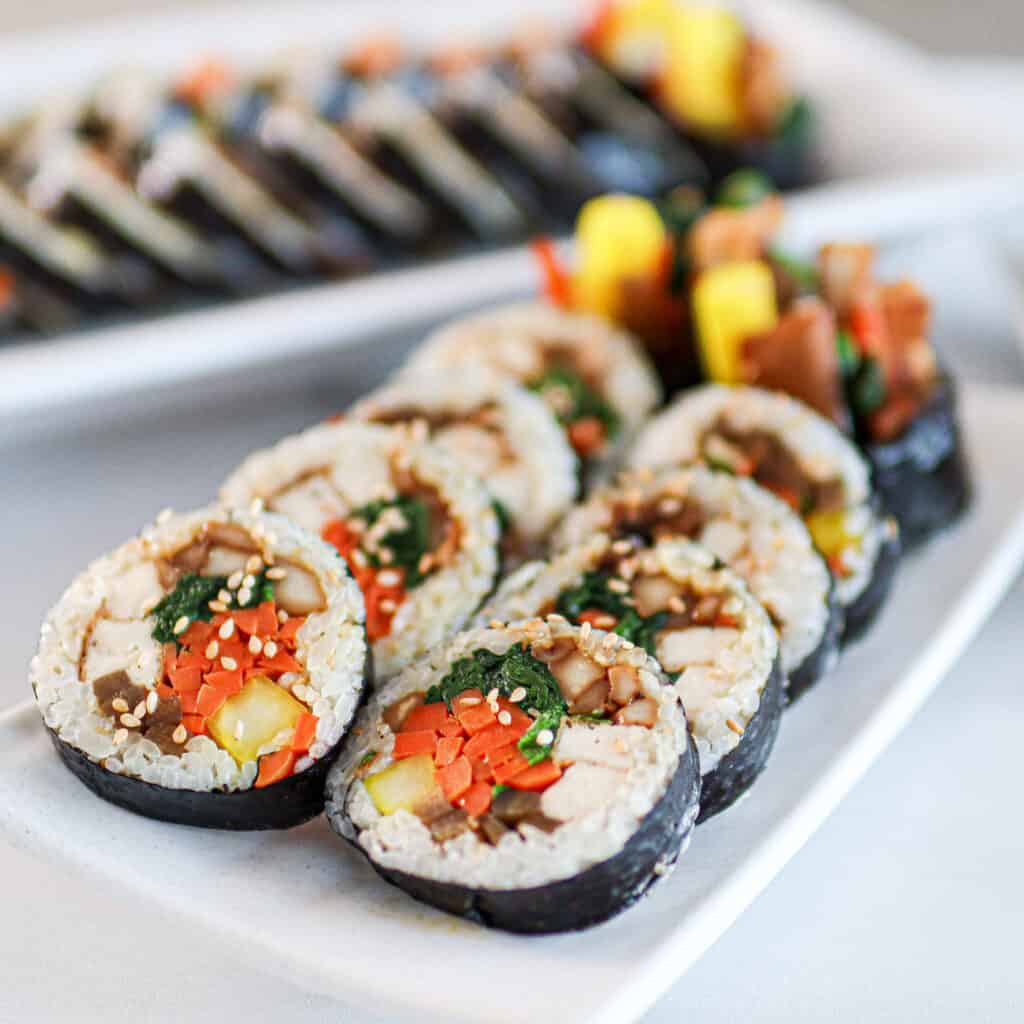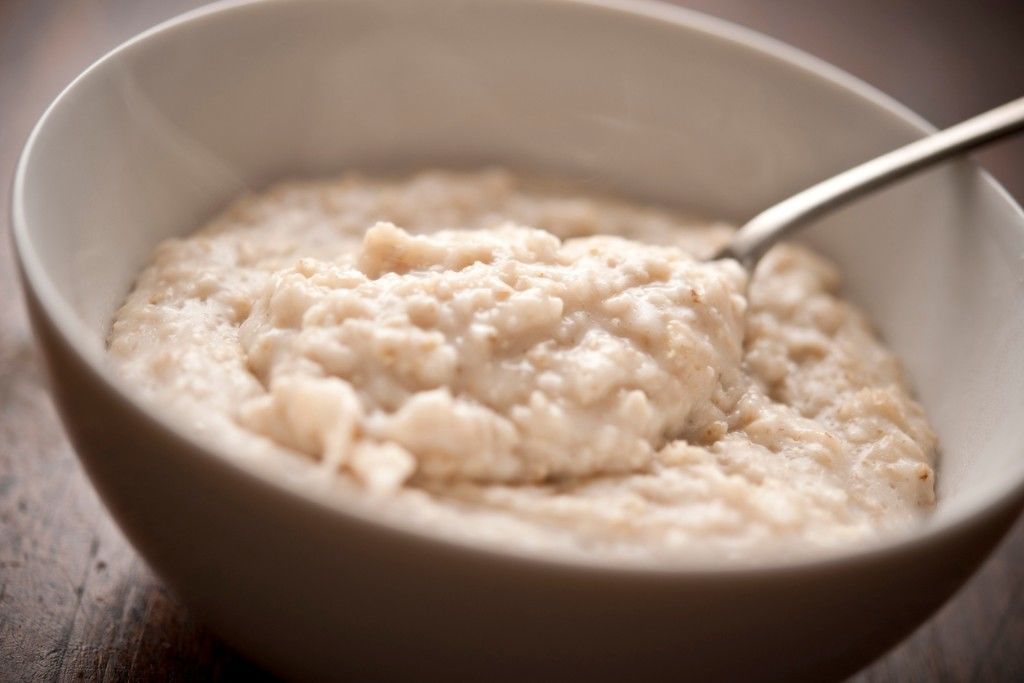Cheese Kimbap Recipe
Cheese kimbap recipe is a beloved Korean street food that offers a delightful fusion of flavors and textures. This savory dish is a perfect example of Korean cuisine’s ability to blend traditional ingredients with modern influences, creating a culinary experience that is both familiar and exciting.
Imagine a perfect bite: a savory blend of rice, vegetables, and cheese, all wrapped in a seaweed sheet, resulting in a delicious and satisfying snack. This is the essence of cheese kimbap, a dish that has become a staple in Korean cuisine and a popular choice for casual dining and picnics.
The combination of the chewy rice, crunchy vegetables, and creamy cheese creates a delightful symphony of textures and flavors that is sure to tantalize your taste buds.
Introduction to Cheese Kimbap
Cheese kimbap, also known as “cheese gimbap” or “chizu kimbap,” is a popular Korean street food that has gained global recognition. It’s a delightful fusion of traditional Korean flavors and the creamy indulgence of cheese, creating a unique and satisfying culinary experience.
Cheese kimbap originated in Korea, where the love for both kimbap and cheese led to this innovative creation. It quickly became a favorite among Koreans, and its popularity has since spread worldwide, making it a beloved snack or meal for people of all ages.
Key Ingredients and Flavor Profile
Cheese kimbap is a delicious combination of savory, sweet, and slightly tangy flavors. The key ingredients include:
- Rice:The foundation of kimbap, cooked rice seasoned with sesame oil, salt, and sometimes sugar.
- Nori Seaweed:Dried seaweed sheets that provide a salty, umami flavor and act as a wrapper for the filling.
- Cheese:Typically processed cheese slices, offering a creamy and slightly salty taste.
- Vegetables:A variety of vegetables, such as carrots, spinach, radish, and cucumber, add crunch and freshness.
- Pickled Radish:Adds a tangy and spicy kick to the kimbap.
- Other Fillings:Sometimes, additional fillings like ham, spam, or egg are included for extra flavor and texture.
The cheese adds a creamy and slightly salty note to the kimbap, complementing the savory flavors of the other ingredients. The combination of textures, from the soft rice and cheese to the crunchy vegetables, makes each bite a delightful experience.
Interesting Facts about Cheese Kimbap
Here are some interesting facts about cheese kimbap:
- Cheese kimbap is believed to have originated in the 1980s, during a period of economic growth in Korea. It was a convenient and affordable way to enjoy a satisfying meal.
- Cheese kimbap is often served with a side of kimchi, a fermented Korean cabbage dish, which adds a spicy and tangy element to the meal.
- There are many variations of cheese kimbap, with different fillings and toppings to suit individual preferences.
Ingredients and Preparation

Making cheese kimbap is a fun and rewarding culinary experience. Here’s a list of ingredients and a step-by-step guide for preparing them:
Essential Ingredients
To make a standard recipe of cheese kimbap, you’ll need:
| Ingredient | Quantity |
|---|---|
| Short-grain rice | 2 cups |
| Nori seaweed sheets | 5-6 sheets |
| Processed cheese slices | 5-6 slices |
| Carrots | 1 medium |
| Spinach | 1 bunch |
| Radish | 1 medium |
| Cucumber | 1 medium |
| Pickled radish | 1/2 cup |
| Sesame oil | 2 tablespoons |
| Salt | 1 teaspoon |
| Sugar | 1 teaspoon |
Preparation Steps

Here’s how to prepare the ingredients for your cheese kimbap:
- Rice:Rinse the rice thoroughly until the water runs clear. Soak the rice in water for 30 minutes. Then, drain the rice and add it to a pot with 2 cups of water. Bring the mixture to a boil, then reduce heat to low and simmer for 15-20 minutes, or until the rice is cooked through.
Once the rice is cooked, transfer it to a large bowl and let it cool completely. Add sesame oil, salt, and sugar to the rice and mix well.
- Nori Seaweed:No need to prepare the nori seaweed sheets. They are ready to use directly.
- Cheese:Cut the cheese slices into long strips or leave them as they are, depending on your preference.
- Carrots:Peel and thinly slice the carrots. Then, steam the carrots for 5-7 minutes, or until they are tender-crisp. You can also sauté the carrots in a pan with a little bit of oil for a slightly caramelized flavor.
- Spinach:Wash and blanch the spinach in boiling water for 1-2 minutes. Drain the spinach and squeeze out excess water. Chop the spinach into smaller pieces.
- Radish:Peel and thinly slice the radish. You can also julienne the radish for a more visually appealing presentation.
- Cucumber:Wash and thinly slice the cucumber. You can also julienne the cucumber for a more visually appealing presentation.
- Pickled Radish:No need to prepare the pickled radish. It’s ready to use directly.
Assembling the Kimbap
Now that all the ingredients are ready, it’s time to assemble your cheese kimbap. Here’s a step-by-step guide:
Rolling Technique
- Laying the Nori:Place a nori seaweed sheet on a bamboo rolling mat (makisu). You can also use plastic wrap if you don’t have a makisu.
- Adding the Rice:Spread a thin layer of rice over the nori, leaving about 1 inch of space at the top. Use a rice paddle or your fingers to spread the rice evenly.
- Arranging the Fillings:Place a strip of cheese in the center of the rice. Then, arrange the other fillings, such as carrots, spinach, radish, cucumber, and pickled radish, along the center of the rice. Be sure to leave some space at the top for rolling.
- Rolling the Kimbap:Gently roll the kimbap, using the bamboo mat to help you create a tight and even roll. As you roll, tuck in the sides of the nori to ensure a neat and compact shape. Once you reach the end, gently press down on the kimbap to secure it.
- Slicing the Kimbap:Using a sharp knife, slice the kimbap into 1-inch thick pieces.
Variations and Toppings
Cheese kimbap offers endless possibilities for customization. Here are some popular variations and toppings you can experiment with:
- Spicy Kimbap:Add a dollop of gochujang (Korean chili paste) to the rice or use kimchi as a filling for a spicy kick.
- Tuna Kimbap:Add canned tuna, mixed with mayonnaise and sesame oil, to the fillings for a savory and protein-rich option.
- Egg Kimbap:Add thin slices of egg omelette to the fillings for extra flavor and texture.
- Bulgogi Kimbap:Use thinly sliced marinated bulgogi (Korean marinated beef) as a filling for a savory and flavorful variation.
- Seafood Kimbap:Add crab sticks, shrimp, or other seafood to the fillings for a delicious and nutritious option.
- Avocado Kimbap:Add slices of avocado to the fillings for a creamy and healthy twist.
- Toppings:You can also add toppings to your cheese kimbap, such as sesame seeds, toasted seaweed flakes, or a drizzle of gochujang.
Serving and Enjoyment: Cheese Kimbap Recipe
Cheese kimbap is traditionally served at room temperature, and it’s best enjoyed fresh. Here’s how to serve and enjoy this delicious Korean treat:
Traditional Serving
Cheese kimbap is often served with a side of kimchi, a fermented Korean cabbage dish, which adds a spicy and tangy element to the meal. It can also be served with a side of soy sauce, sesame oil, or gochujang for dipping.
Storing and Preserving
If you have leftover cheese kimbap, you can store it in an airtight container in the refrigerator for up to 2 days. To enjoy it again, simply reheat it in the microwave or oven until warm. However, it’s best to enjoy cheese kimbap fresh, as the nori seaweed tends to soften when refrigerated.
Taste and Texture
Cheese kimbap offers a delightful combination of flavors and textures. The soft and fluffy rice, the creamy cheese, and the crunchy vegetables create a harmonious balance in every bite. The salty and umami flavors of the nori seaweed complement the other ingredients, while the tangy pickled radish adds a refreshing kick.
Cheese Kimbap Variations
The beauty of cheese kimbap lies in its versatility. There are countless variations of this popular Korean street food, each with its own unique flavor profile and texture. Here are some popular variations you can try:
Popular Variations

- Spicy Cheese Kimbap:This variation features gochujang (Korean chili paste) added to the rice or kimchi as a filling for a spicy kick. The spicy flavors of the gochujang or kimchi complement the creamy cheese, creating a delicious and satisfying combination.
- Tuna Cheese Kimbap:This variation features canned tuna mixed with mayonnaise and sesame oil, adding a savory and protein-rich element to the fillings. The creamy tuna mixture complements the cheese, while the sesame oil adds a nutty flavor.
- Egg Cheese Kimbap:This variation features thin slices of egg omelette added to the fillings for extra flavor and texture. The egg adds a soft and savory element, while the cheese adds a creamy and slightly salty note.
- Bulgogi Cheese Kimbap:This variation features thinly sliced marinated bulgogi (Korean marinated beef) as a filling for a savory and flavorful option. The bulgogi adds a rich and smoky flavor, while the cheese provides a creamy contrast.
- Seafood Cheese Kimbap:This variation features crab sticks, shrimp, or other seafood added to the fillings for a delicious and nutritious option. The seafood adds a fresh and briny flavor, while the cheese adds a creamy and slightly salty note.
- Avocado Cheese Kimbap:This variation features slices of avocado added to the fillings for a creamy and healthy twist. The avocado adds a rich and buttery flavor, while the cheese provides a creamy contrast.
Table of Variations
| Variation | Ingredients | Unique Features |
|---|---|---|
| Spicy Cheese Kimbap | Rice, nori, cheese, vegetables, gochujang or kimchi | Spicy and tangy flavors |
| Tuna Cheese Kimbap | Rice, nori, cheese, vegetables, tuna, mayonnaise, sesame oil | Savory and protein-rich |
| Egg Cheese Kimbap | Rice, nori, cheese, vegetables, egg omelette | Soft and savory |
| Bulgogi Cheese Kimbap | Rice, nori, cheese, vegetables, bulgogi | Rich and smoky flavor |
| Seafood Cheese Kimbap | Rice, nori, cheese, vegetables, crab sticks, shrimp, or other seafood | Fresh and briny flavors |
| Avocado Cheese Kimbap | Rice, nori, cheese, vegetables, avocado | Creamy and healthy |
Cheese Kimbap in Korean Cuisine
Cheese kimbap has become an integral part of Korean cuisine, reflecting the country’s love for both traditional flavors and innovative culinary creations. It’s a testament to the adaptability and creativity of Korean cuisine, where traditional dishes are constantly evolving and incorporating new ingredients and techniques.
Cultural Significance
Cheese kimbap is not just a popular food; it’s also a symbol of Korean culture. It’s often enjoyed at picnics, family gatherings, and festivals. It’s also a popular choice for school lunches and street food vendors, making it a ubiquitous part of everyday life in Korea.
Evolution and Adaptation, Cheese kimbap recipe
Cheese kimbap has evolved and adapted over time, with new variations and toppings emerging to cater to different tastes and preferences. The addition of cheese to traditional kimbap was a bold move, but it has proven to be a successful fusion of flavors and textures, further solidifying the popularity of this beloved Korean street food.
Final Review
With its versatility, ease of preparation, and delightful taste, cheese kimbap is a recipe that is sure to become a favorite in your kitchen. Whether you’re looking for a quick lunch, a satisfying snack, or a fun and creative way to introduce your family to Korean cuisine, cheese kimbap is a perfect choice.
So, gather your ingredients, follow the steps, and enjoy the delicious journey of creating this delectable Korean delight.




Post a Comment for "Cheese Kimbap Recipe"